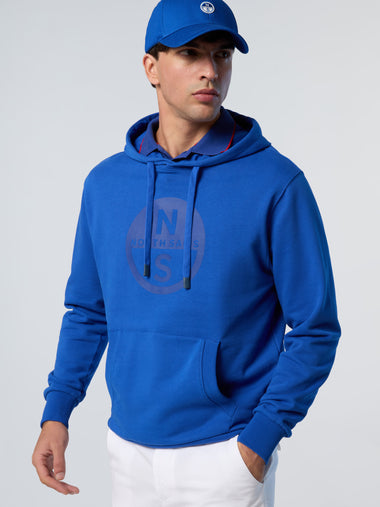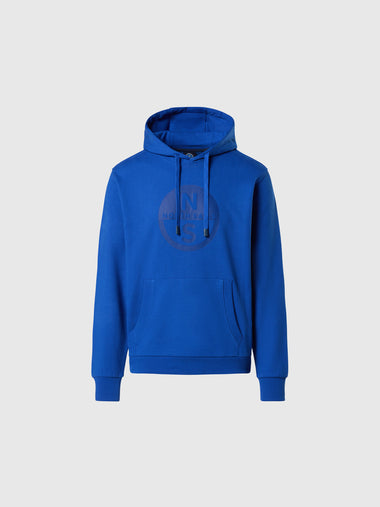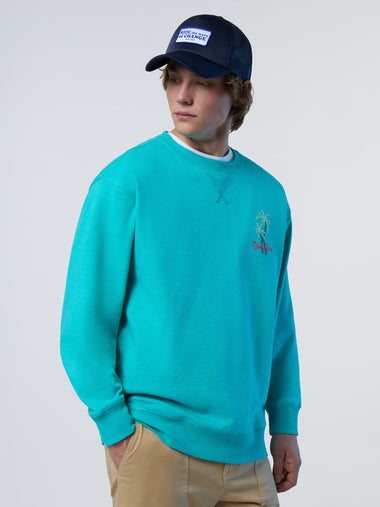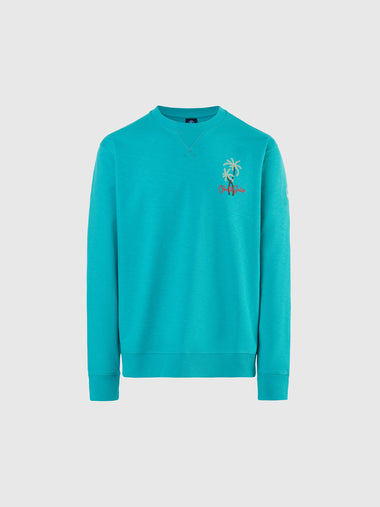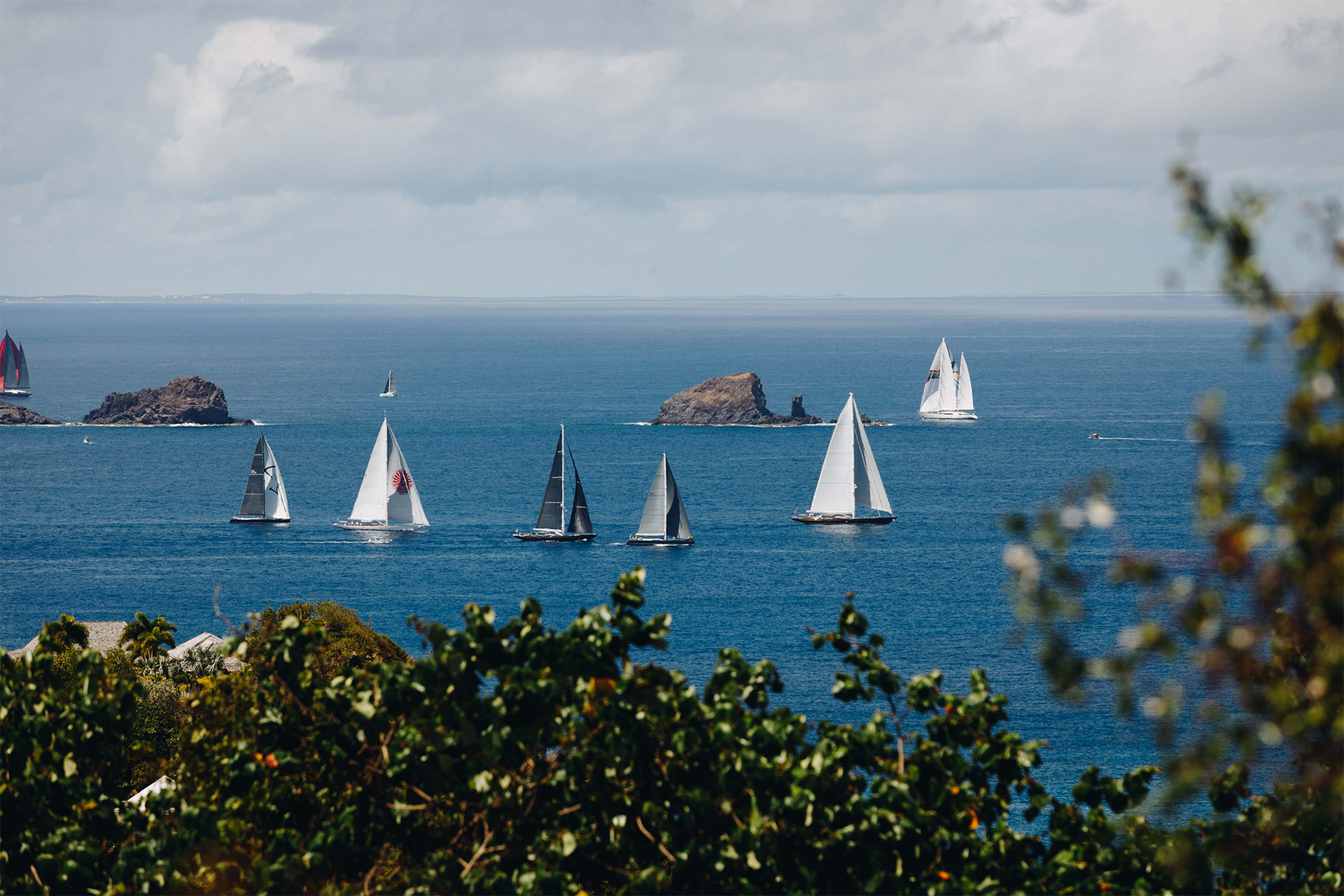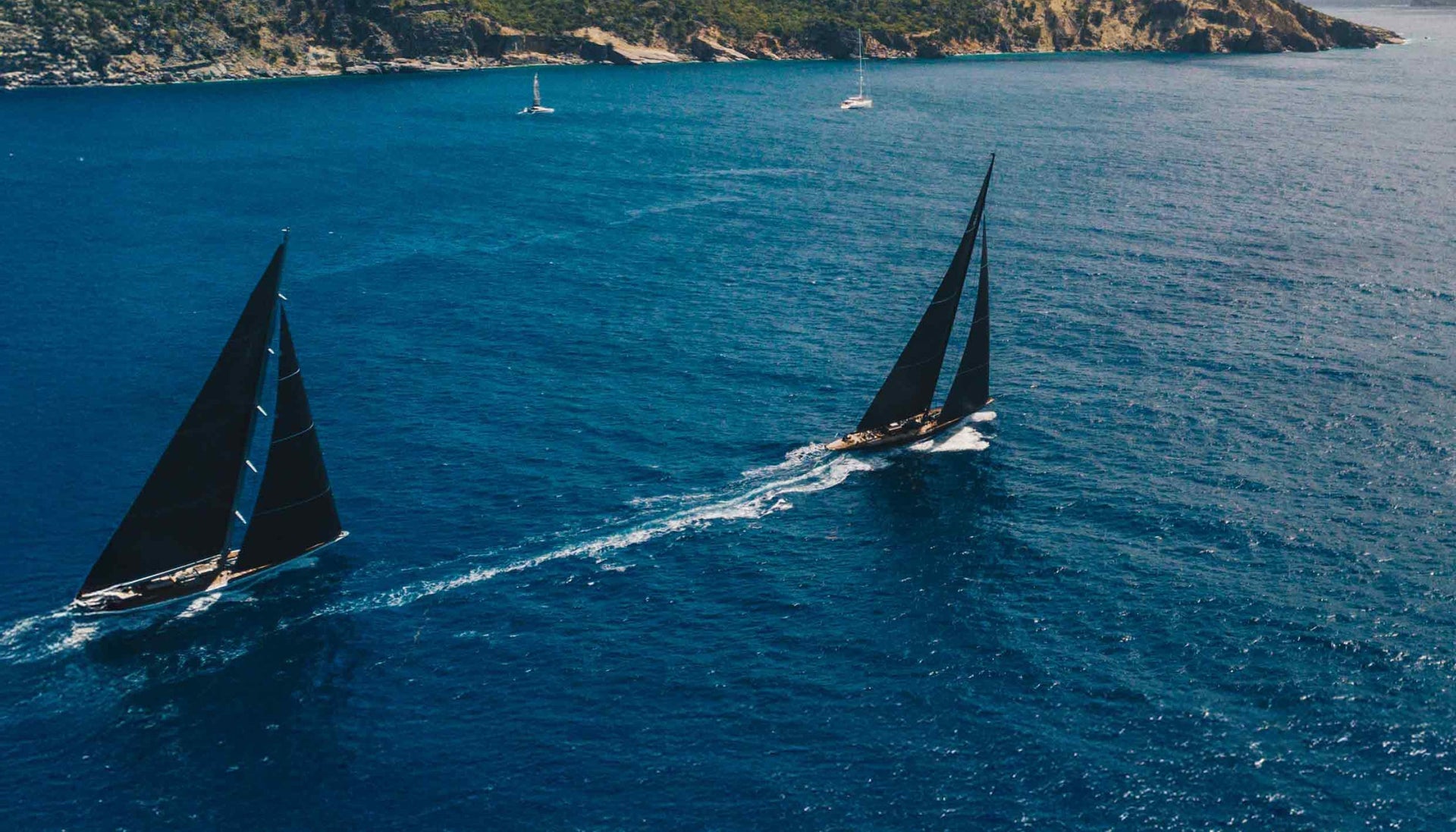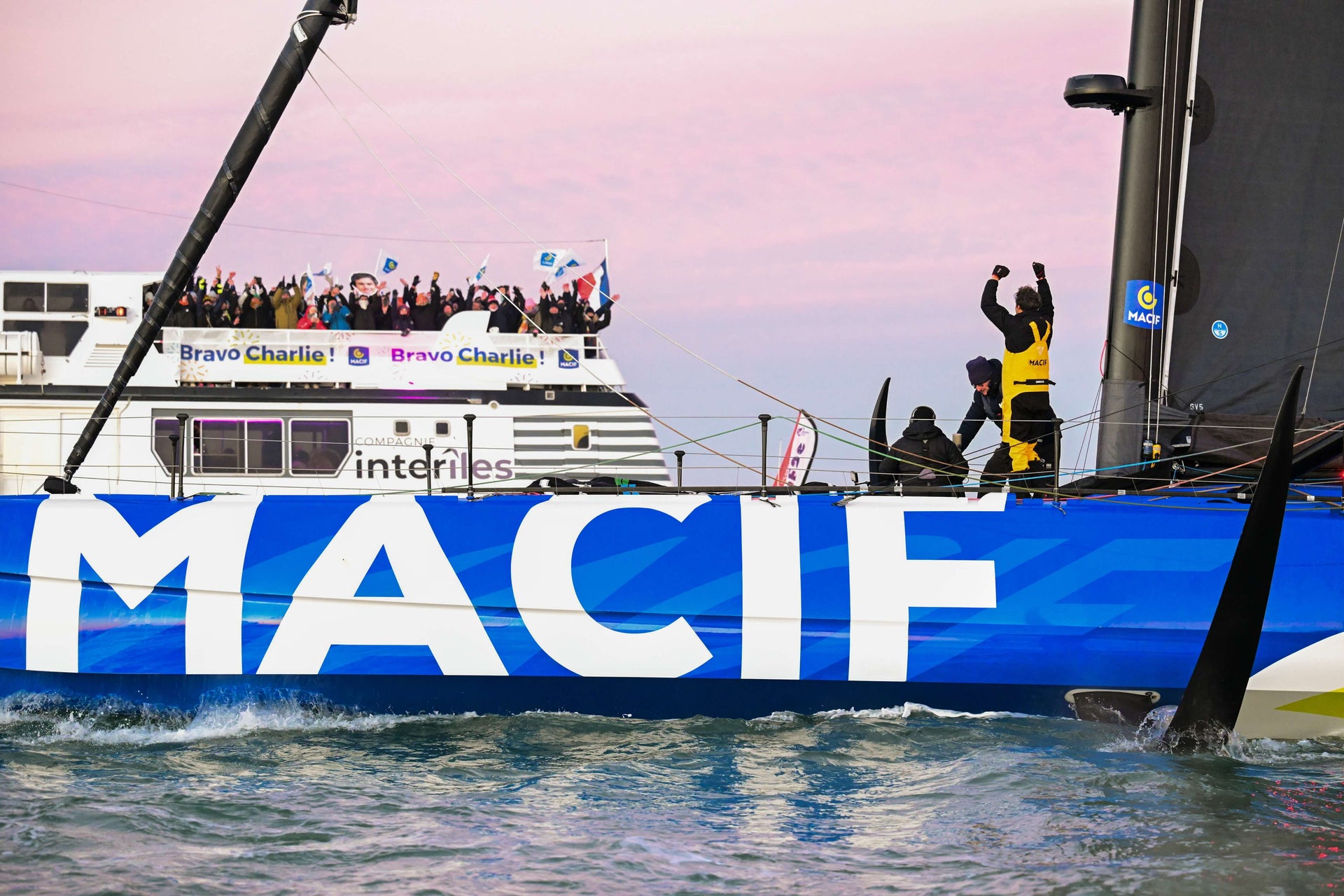AN ULTRA-COMPETITIVE VENDÉE GLOBE
AN ULTRA-COMPETITIVE VENDÉE GLOBE
The 9th Edition of the Vendée Is Coming to a Close

The first competitors of the Vendée Globe are expected on the morning of Wednesday, January 27 (local time) in Les Sables-d’Olonne after more than 11 weeks at sea and 24,000 miles covered around the globe.
The designers of North Sails France take stock of this exciting 9th edition full of twists and turns. With the leading pack showing a tight gap, the suspense will be high until the end. This single-handed round-the-world race could even end in a sprint; never seen before in the history of the Vendée Globe.
What do you think of this edition? What surprised you the most in this first part of the race?
It’s an incredible edition. This Vendée Globe is very competitive, and things are happening every day! We followed it closely, and we continue until the end! We can’t wait to see them arrive.
In this first part of the race, like many people, we were surprised by the bad conditions the fleet encountered and the number of technical problems with hooks, rudder, foils, sails, structure, pilot, etc. We were also impressed by the poor delta performance for the foilers against Jean le Cam’s boat (Yes We Cam!) and Benjamin Dutreux’s boat (Omia – Water Family). The weather surely contributed to the fact that the foilers did not dig an incredible gap with the non-foiling boats.
And of course, the rescue of Kevin Escoffier (PRB) by Jean Le Cam is particularly noteworthy. Frankly, it reminds us of the Vendée Globe of our youth!
What is your analysis in the second part of the race?
Nothing can be taken for granted! The weather allowed for some regroupings and some changes in the rankings. Each sailor’s way of sailing is revealed even more. Some attack hard, others control.
Otherwise, the boats are no longer 100% as they were in the first part. The speed polarities of each one are thus completely revised, it is all the more difficult to analyze. It is then difficult to really know what the full potential of the sailor/boat pair is between technical problems and fatigue.

What do you think of these high-profile skippers forced to give up so abruptly?
Unfortunately, it’s part of the Vendée Globe rule. It remains a mechanical sport. We are sad for them and for their team. We hope they will come back for the next edition!
It would be a record edition considering the percentage of boats still on the water (76 percent), how do you explain it?
Frankly, it’s paradoxical, because there were few of them that had to abandon and yet it seems that the conditions have been particularly tough. Let’s wait for the finish to affirm this percentage, the race is not over. Having said that, the weather has surely pushed the skippers to be more cautious with their boats.

The new foilers are put to the test in this Vendée. Is it linked to the weather that varies from one edition to the next? Is it a question of luck to pass a front without problems and without a UFO? Or is it because of the new materials that we always want thinner and lighter?
The skipper can deal with a front, it depends on his strategy. Then there are the damages due to design problems that are part of the evolution of these boats. As for hitting a UFO, all the boats are equal. It is a strong random part of this competition which is not predictable for the moment. Probably the latest generation of foilers rake wider and statistically they are more likely to encounter a UFO. The IMOCA class is working on a sonar system to avoid this. It’s still quite new, but it’s a step in the right direction.
What about sails? Are they also being put to the test?
Yes, with the higher accelerations, and even more so with the foilers. Not because the sailors pulled on them, but. maybe even the opposite because they sailed with less pressure to slow the boat down due to the sea state, and the movements of the sails were very dynamic. It is too early to draw conclusions.We will take stock with them and review with the teams once they’re back on land.
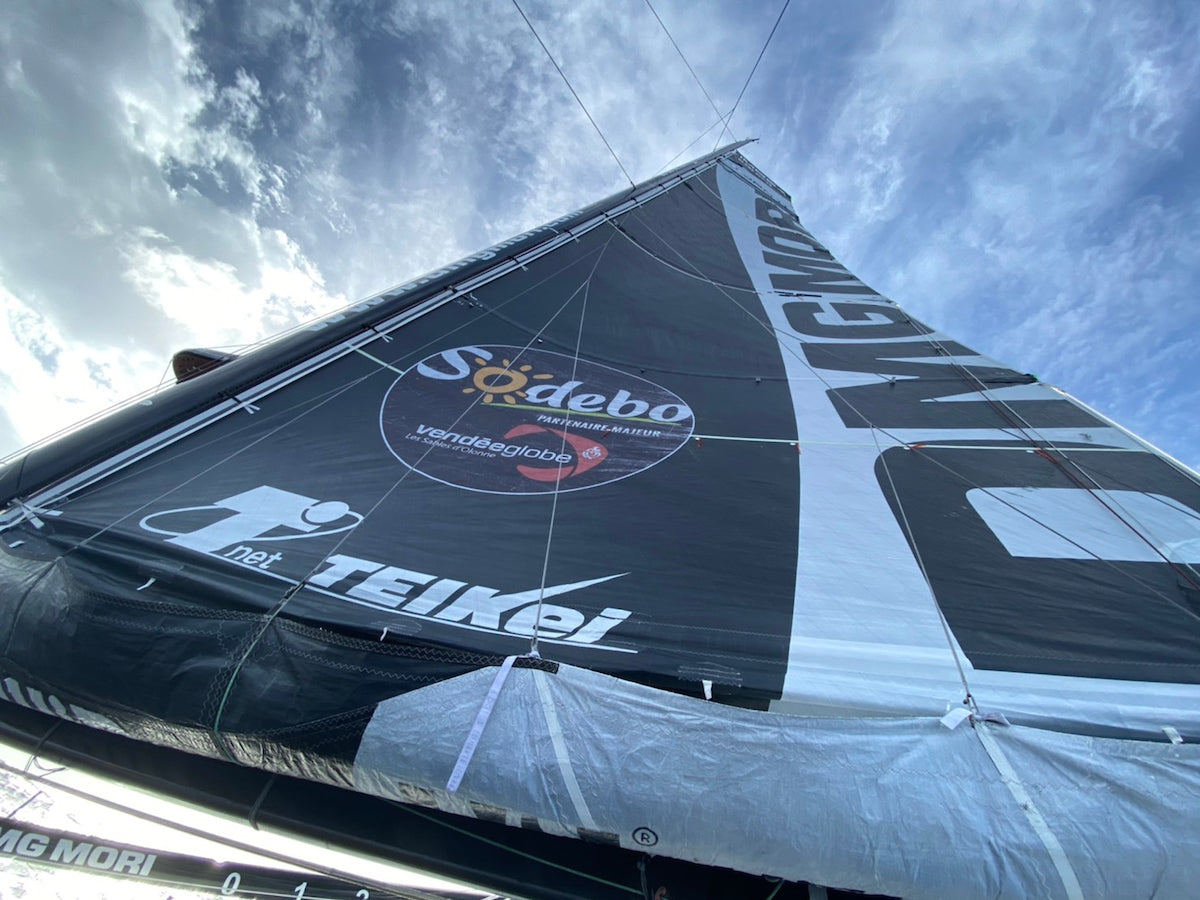
What happened on Kojiro Shiraishi’s mainsail (DMG Mori) ? How did you assist the skipper to repair it remotely? How do you reinforce a sail?
Kojiro had pilot’s issues that resulted in untimely and violent gybes that eventually damaged the mainsail. It ripped at batten #2. We helped the skipper to work out the best way to repair the sail. In this case, two pieces of the mainsail had to be spliced together by gluing them together and using part of the sail under reef # 1 as a replacement material.
Do the skippers necessarily have a repair kit on board? Do they learn how to repair sails?
Yes, the skippers have a repair kit (big or small depending on their choice) and know how to use it. 3Di is a is well adapted to repairs at sea. But the sailors are not specifically trained to repair sails, they are trained for many technical interventions in the boat which can be more complex especially in a confined and humid space. But this is a point that we have been thinking about a lot and are still working on with the aim of simplifying repairs. Of course, the best repair is the one that is not done.

What is the next step after the race regarding sails?
Debriefing, meticulous verification of the set of sails, feedback from the skippers and a technical review with the teams to consider the next steps. For some, it has already partly started. Depending on the budget and the good state of sails, we will establish and work on the inventory for the Transat Jacques Vabre scheduled in October 2021.
Have you analyzed the race by studying the next sail designs? If yes, how do you see the future sails for the Vendée Globe?
No, it’s still too early even if we can think about some ideas. We don’t know much behind our screens. It seems more logical to wait for the debriefing with the skippers and keep the conclusions carefully to really move forward. The boats will evolve as well as the rules. As a Vendée Globe is unlike any other race, it will be imperative to come back to the debrief in three years’ time to arbitrate the developments that are made in transatlantic-type races.
There is also clearly an ecological issue that cannot be ignored. It is up to us to find the solutions to respond to it as best and as quickly as possible.

How do you see the future generation of Vendée Globe boats? Foil or no foil?
The next IMOCA boats will be foil boats, that’s for sure! They will be more reliable with fully enclosed cockpits that will allow these boats to be pushed even faster.
The question of the target speed for which the general design must be optimized will therefore arise. Going at 30 knots in the bay is good, but we can see that on a Vendée Globe, the average speeds are much lower, and these are the ones that will have to be improved.
What is your prediction?
Difficult to say, because the gaps between the leaders are very tight and three boats will benefit from a bonus for rescuing Kevin.




